
With pitch-perfect timing, the US Supreme Court is offering a sliver of hope on the politics of race. Last week the court agreed to hear a case challenging racial preferences in the admissions practices at Harvard and the University of North Carolina.
Opaque practices are used by Harvard and other universities to admit black students who have lower marks than other students. Universities can do as they please to push racial preferences because a slim majority of Supreme Court judges in the Grutter v Bollinger decision in 2003 and later in a 2016 case created a “plus” factor for admissions. By plus the judges meant putting skin colour ahead of marks.
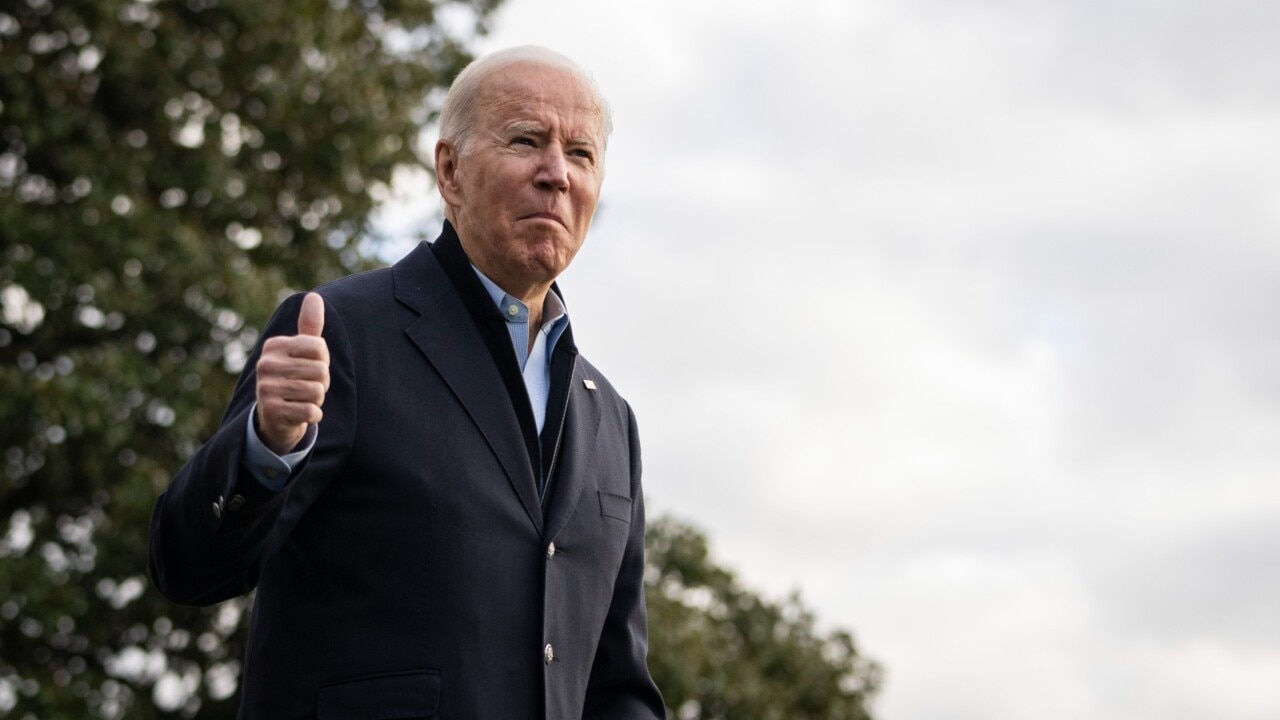
Here are some quotes from online chats between admissions officers at UNC, as reported by The Wall Street Journal’s Kimberley Strassel last week: “I just opened a brown girl who’s on 810 SAT.” And: “If it’s brown and above 1300 SAT, put them in for the merit/Excel.” And: “Yes, give those brown babies a shot at those merit dollars.”
This is the upshot of judges wanting to be social reformers rather than sturdy legal experts.
The court’s decision to revisit racial preferences is a big deal in the equity stakes. And it is worth watching from Australia because we have been slavish followers of America’s politics of identity. Here is a chance for a major realignment so that at least one section of society returns to living by one of the most fundamental principles in a liberal democracy – equal treatment under the law, regardless of race, gender, religion or any other identity trait.
Dare we hope? A majority of the court is now conservative. And, as Sandra Day O’Connor wrote towards the end of her 2003 majority judgment in Grutter: “We expect that 25 years from now, the use of racial preferences will no longer be necessary to further the interest approved today.”
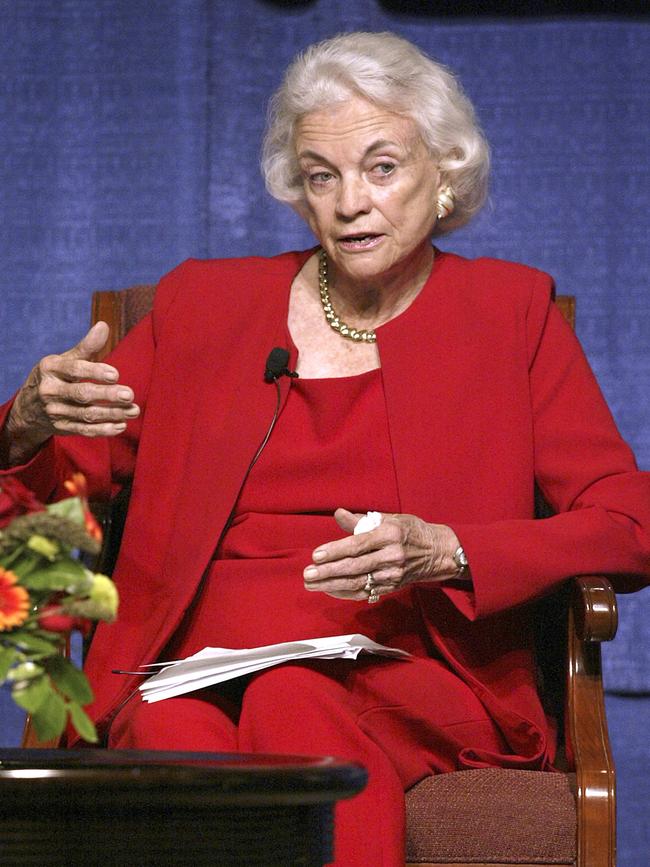
The push to make racial preferences permanent exposes the danger of the equity ruse. Measures that might be needed to address injustice for a time have become entrenched. Worse, race and other identity traits have been catastrophised into a constant state of crisis to justify dividing society into groups and attaching special privileges to them in perpetuity.
Notice how nothing ever improves when identity politics takes hold. If things did, we could start dismantling bogusly named equity measures. But that is not welcomed by the equity mob. It is why this mob uses the word equity rather than equality. When there is talk of equality we naturally distinguish between equality of opportunity and equality of outcome. The former is desirable and achievable. The latter is neither desirable nor achievable because of the richness of differences between people. Eliding this distinction by using equity means affirmative action and quota programs can never be dismantled even if equality of opportunity is reached.
Take a voice for Indigenous people. Those who are the loudest in this space want the voice entrenched in the Constitution. That means we will never reach a point when a separate race voice is not needed, and therefore its future abolition by parliament is rejected as an outrageous inequity. If we think logically, shouldn’t the aim of every genuine Indigenous activist be that progress in the lives of Indigenous people will one day render a separate race-based voice unnecessary?
Whereas for large parts the 20th century leaders in different fields sought to destigmatise minority groups, seeking to unite people under the principle of equal treatment for all, leaders now are obsessed with re-stigmatising groups, dividing people into boxes, slapping labels on them and neutering their agency. The result is a new form of injustice that entrenches the dismal politics of separatism in perpetuity.
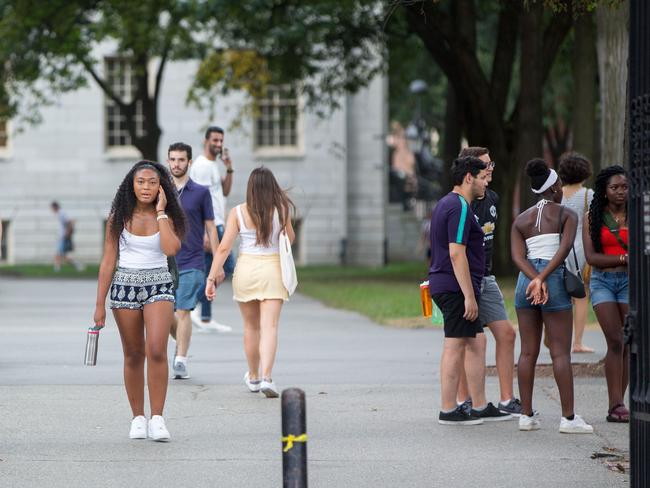
At big corporations such as Bain & Co it is policy to divide people into groups according to the skin colour and sex they were born with, and other identifying traits. The company’s diversity, equity and inclusion program includes different “affinity groups” for African-Americans, women, Asians and so on. Slicing and dicing people up into small groups in the name of inclusion is an abomination of language and logic. But it facilitates the other unspoken rule of the equity agenda. When oppression is regarded as permanent, you always have a culprit to blame. Not just when things go wrong in life; even when things don’t, you can shoot arrows at a permanently wicked target: whites, men, cis women and so on.
In The Madness of Crowds, Douglas Murray traces how race, gender and identity have been ramped up to trample on free speech, bully people, end careers or, in the case of Serena Williams, spit the dummy over “sexist” and “racist” umpiring.
The idea that self-empowerment and agency come from taking individual responsibility has been dislodged by this fanatical form of victimhood. Not long ago, sensible people in liberal societies understood that aiming for equality of outcomes was a foolish and dangerously unjust socialist agenda. The equity ruse repackages a stupid idea under a softer name. Gender quotas, for example, rely on equity claims to hide the injustice of holding back people of talent to make room for those with a certain gender but fewer skills.
Pushing back the equity tide is a big task. It requires thinking through the dangers of polarising political agendas premised on victims and oppressors. Again, watch America for clues. Virginia’s new Governor, Glenn Youngkin, recently replaced the word equity in the state’s Diversity, Equity and Inclusion Office with opportunity. A symbolic step, to be sure, but it points to a rare crack in one of the ubiquitous equity walls that divide us. The newish Supreme Court may dismantle another one.



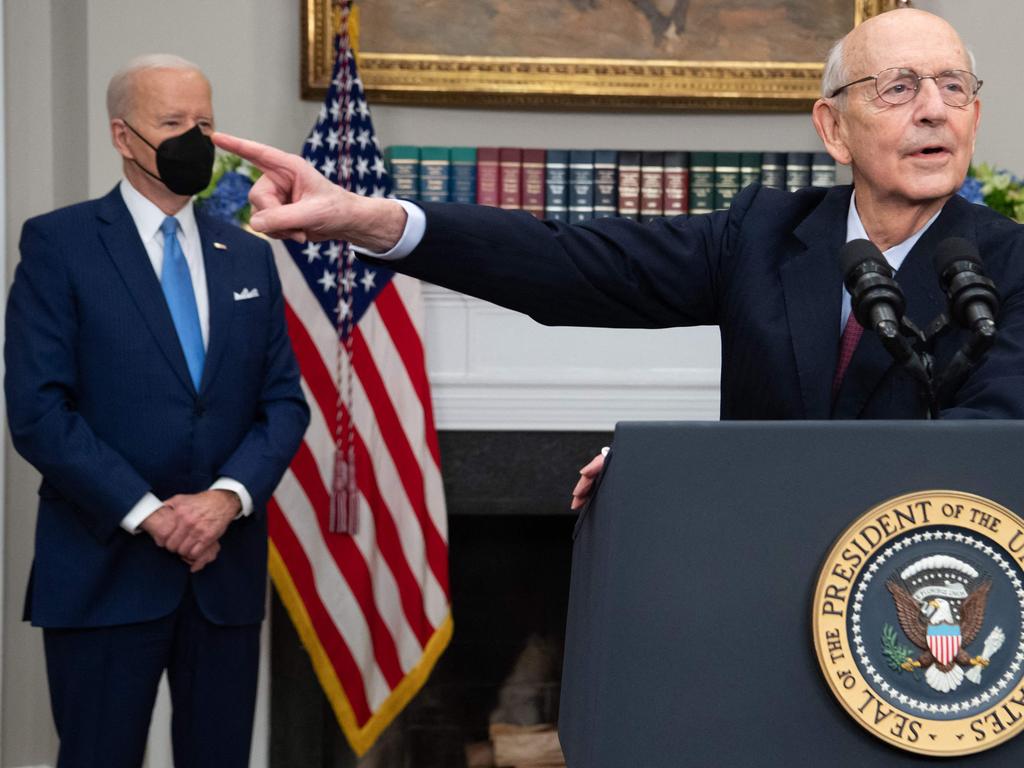
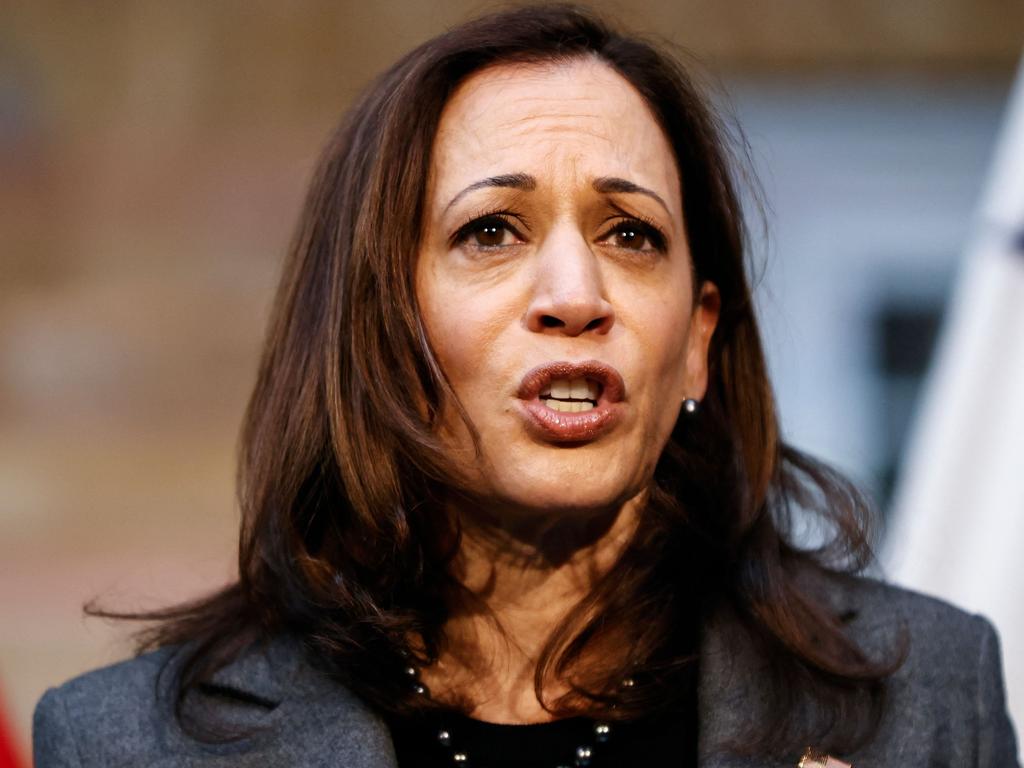
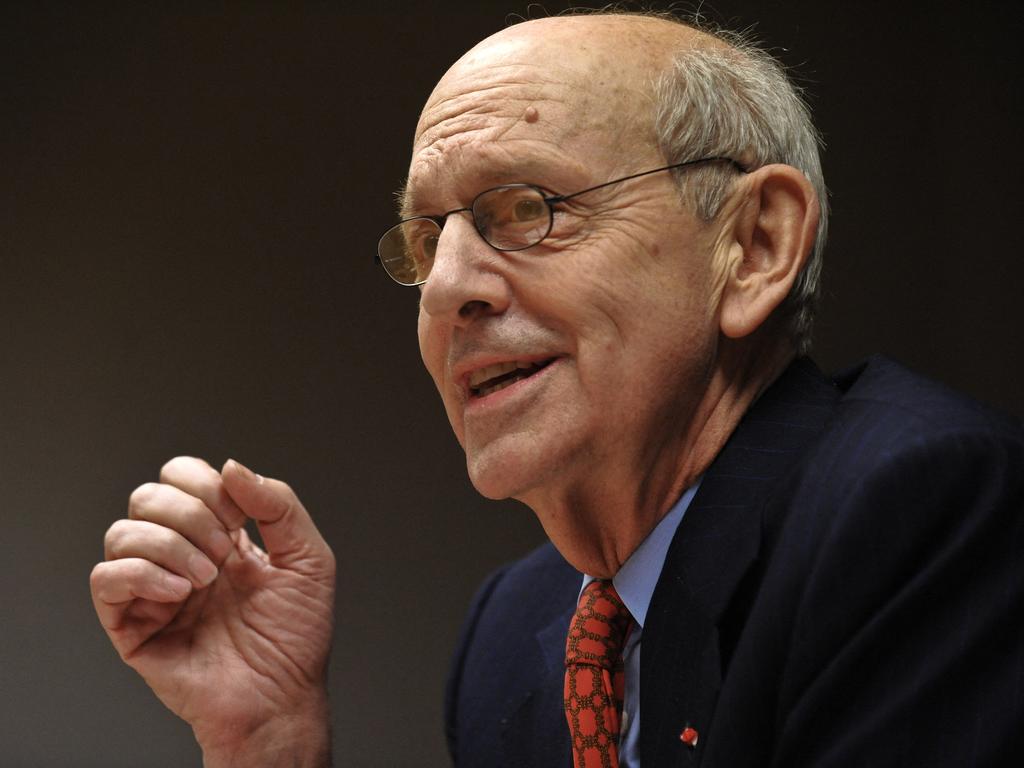


Last week President Joe Biden said he would appoint a black woman to the US Supreme Court. No men will be considered. No white women. Or Asians. Or Muslims. Only a black woman. How predictable that an old white male Democrat would signal his virtue in this way. A true believer might have supported a black woman for president instead of taking that job for himself.